YK11 SARM: The Ultimate Guide for Bodybuilders (Risks & Reality)
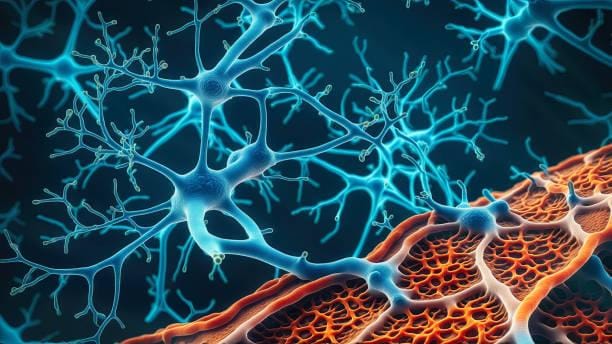
Key Takeaways
- YK11 is an experimental, unapproved steroidal SARM & Myostatin Inhibitor.
- NO proven human benefits; claims based on lab/animal studies.
- Significant health risks: Hormonal shutdown, liver toxicity, potential heart/brain issues, unknown long-term effects.
- NO safe dosage. Sold only as a “research chemical.”
- Illegal to market/sell as a supplement; banned in sports.
- Prioritize health: Safer, legal methods for muscle growth exist.
Introduction: What’s the Hype About YK11?
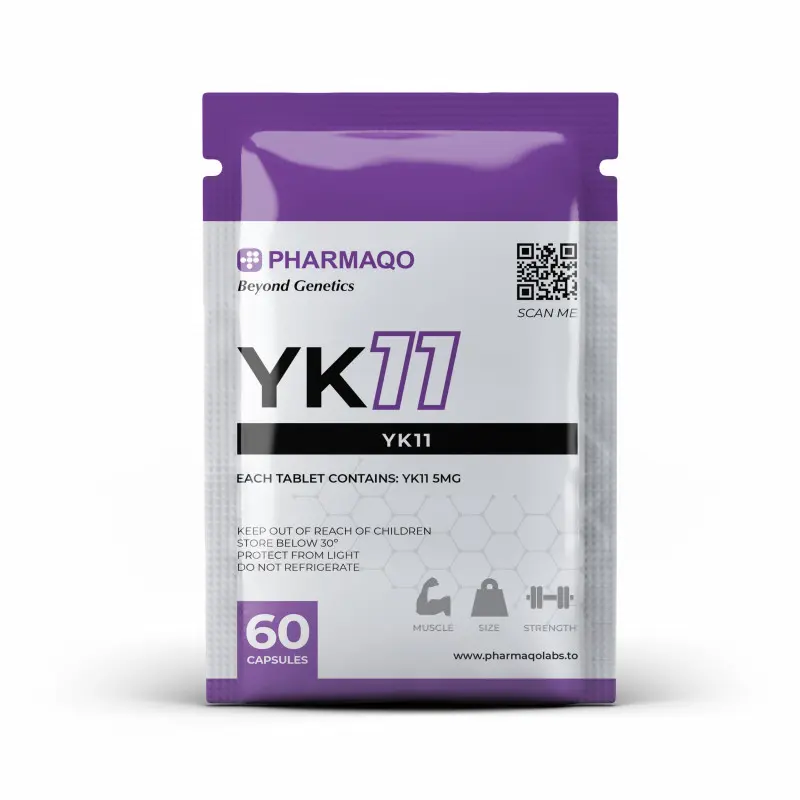
In bodybuilding circles, few compounds have generated as much buzz in recent years as YK11. The claims are certainly attention-grabbing: dramatic muscle gains, minimal side effects, and results that supposedly rival traditional anabolic steroids. But beneath the hype lies a much more complicated—and concerning—reality.
Important Disclaimer: YK11 is an experimental compound not approved for human consumption. It carries significant health risks, lacks clinical validation, and is banned by major sports organizations worldwide. This article provides factual information for educational purposes only, not endorsement or recommendation.
For bodybuilders seeking knowledge about what this substance actually is—rather than forum anecdotes or marketing claims—this comprehensive guide examines the science, claimed benefits, documented risks, and legal status of YK11. We’ll also explore safer, proven alternatives for those serious about building muscle without compromising health.
What Exactly is YK11? (Understanding the Basics)
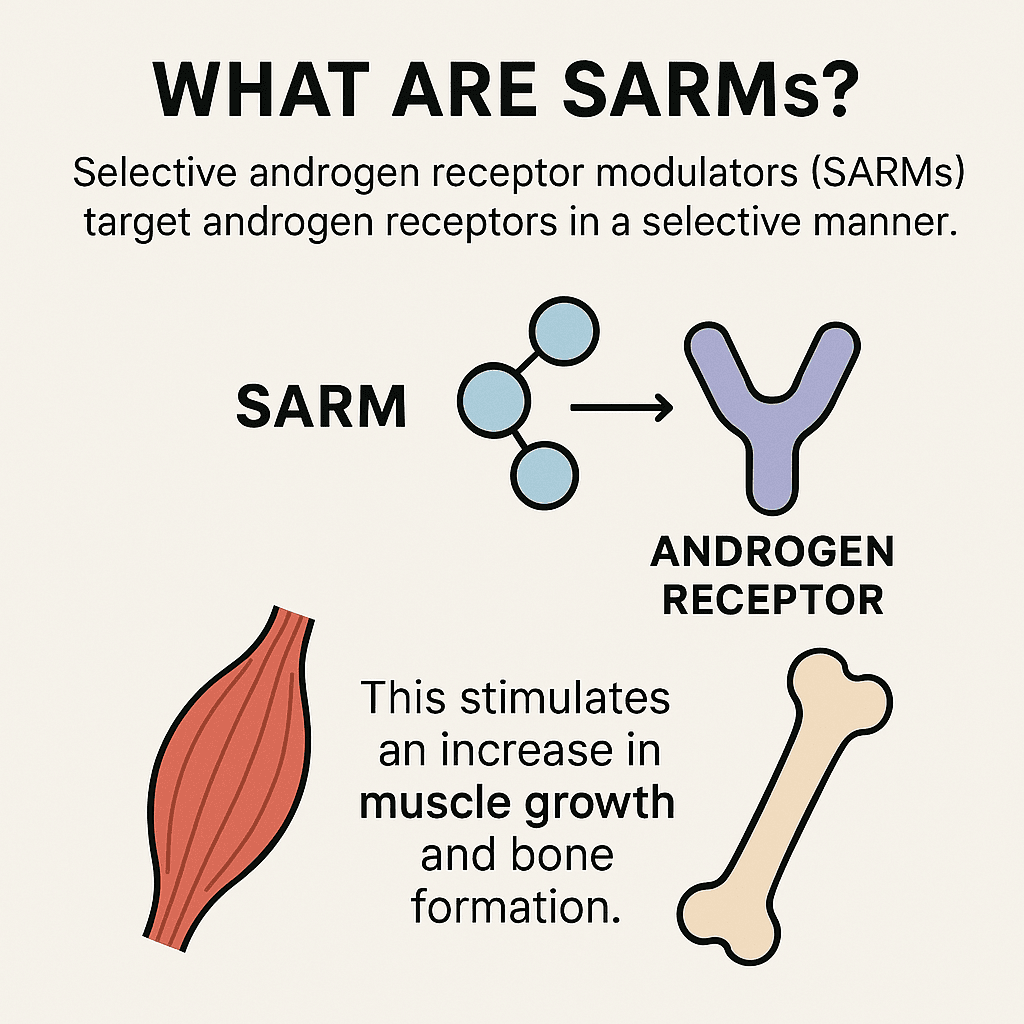
YK11 (sometimes called “Myostine”) is a synthetic steroidal Selective Androgen Receptor Modulator (SARM). What makes it particularly noteworthy is its dual mechanism of action. Unlike most other SARMs that primarily target androgen receptors, YK11 functions both as:
- A partial androgen receptor activator (like other SARMs)
- A myostatin inhibitor
This second function is what generates much of the interest in YK11. Myostatin is a regulatory protein naturally produced in the body that essentially limits muscle growth. The body produces it as a control mechanism to prevent excessive muscle development. In theory, inhibiting myostatin could remove this natural “brake” on muscle development, potentially allowing for greater muscle growth than would otherwise be possible.
This dual mechanism distinguishes YK11 from both traditional anabolic steroids (which have broader, less selective effects throughout the body) and other SARMs (which typically don’t demonstrate strong myostatin inhibition). This unique profile explains why YK11 has attracted significant attention—but also why it may carry different and potentially more serious risks than other performance-enhancing substances.
Claimed YK11 Benefits: What the Research (Doesn’t) Show
Potential Muscle Growth Effects

The primary claimed benefit of YK11 centers on its supposed ability to inhibit myostatin. A 2013 study by Kanno et al. found that in cell cultures, YK11 increased follistatin expression—a protein that binds to and inhibits myostatin. This laboratory finding formed the basis for the theoretical muscle-building potential of YK11.
Additional laboratory research indicated that YK11 might be more anabolic than other SARMs, potentially stimulating muscle cells to produce more anabolic factors like IGF-1.
Potential Bone Health Effects
Some research suggests YK11 might influence bone metabolism. In vitro studies reported that YK11 could promote bone-forming cell activity (osteoblasts), leading to speculation about potential benefits for bone density.
Critical Reality Check
The crucial point that must be emphasized: None of these potential benefits have been demonstrated in human clinical trials. The current research consists entirely of:
- In vitro studies (cell cultures in laboratory conditions)
- Limited animal studies
- Theoretical mechanisms of action
Dr. Stuart Phillips, Professor of Kinesiology at McMaster University, notes: “The gap between promising laboratory findings and proven human benefits is enormous, particularly for complex compounds affecting hormone systems. Without rigorous clinical trials, claims about performance-enhancing substances should be viewed with extreme skepticism.”
Simply put, we do not have scientific evidence that YK11 delivers measurable, safe benefits in humans. The biological effects observed in controlled laboratory environments may not translate to the human body, and the risk-benefit profile remains completely unestablished by medical science.
YK11 Dosage: Navigating Dangerous Waters
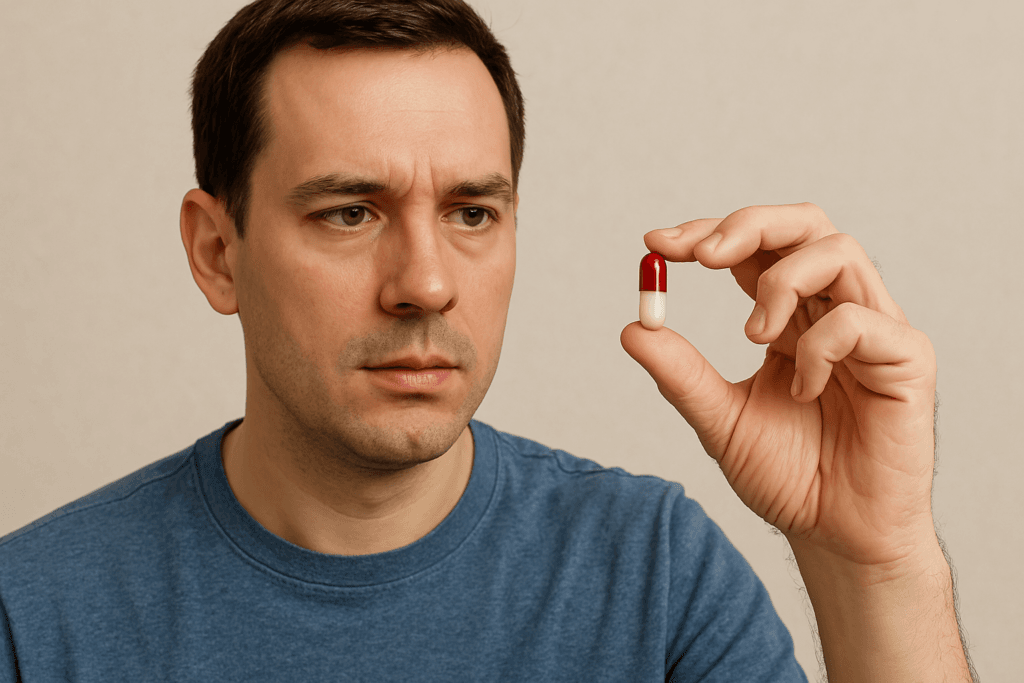
Warning: There is NO medically approved or safe dosage for YK11 in humans.
YK11 is legally sold only as a “research chemical” not intended for human consumption. This classification exists because the compound has not undergone the rigorous safety testing required for substances meant for human use. Products marketed this way lack pharmaceutical-grade quality controls, meaning:
- Actual content may differ from labeled amounts
- Contaminants may be present
- Manufacturing standards are unregulated
Despite this reality, bodybuilding forums and underground guides often suggest dosage ranges between 5-15mg daily, with some recommending up to 20mg daily. These suggestions have absolutely no scientific foundation. They represent unverified, anecdotal information from uncontrolled settings where:
- Users may be taking multiple substances simultaneously
- Individual health factors are not accounted for
- Long-term effects are not tracked
- Reporting of negative outcomes is inconsistent or absent
Discussions about “cycle lengths” typically suggest 4-8 week periods of use, but again, these recommendations lack any medical basis. The appropriate duration for a substance without established safety parameters is zero.
YK11 Before and After: Real User Results
The bodybuilding community’s interest in YK11 stems largely from the dramatic transformations some users report. Below are examples of results from individuals who have used YK11 in their bodybuilding regimens.
Denis: 8-Week YK11 Cycle

User Profile:
- 27-year-old male with 5 years of training experience
- Previous experience with other SARMs
- 8-week cycle at 10mg daily
- Maintained 3,200 calorie diet with 220g protein daily
- 5-day training split focusing on progressive overload
Reported Results:
- Gained 11 pounds (7 pounds retained after post-cycle)
- Significant increase in shoulder and trap development
- Strength increases: +25 pounds on bench press, +40 pounds on squat
- Visible vascularity improvement, particularly in arms and shoulders
- Reported “fuller” muscle appearance compared to other SARMs
Reported Side Effects:
- Mild testosterone suppression (recovered within 4 weeks post-cycle)
- Temporary elevation in liver enzymes
- Minor hair shedding during weeks 6-8
- Joint discomfort in shoulders during heavy pressing movements
Patrick: 6-Week YK11 and LGD-4033 Stack
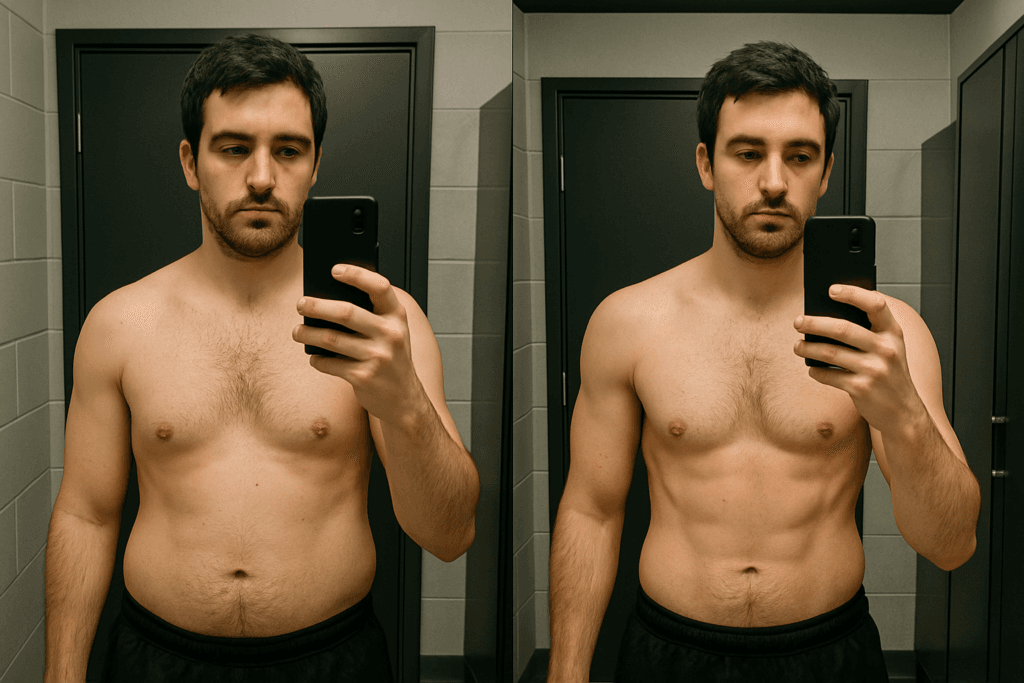
User Profile:
- 31-year-old male,
- Combined YK11 (8mg daily) with LGD-4033 (5mg daily)
- 6-week cycle with caloric surplus of 500 calories daily
- High-volume hypertrophy-focused training
Reported Results:
- Added 9 pounds of body weight while appearing leaner
- Dramatic increase in back thickness and quad development
- Personal records in all major lifts
- Reported faster recovery between training sessions
- Visible increases in muscle fullness and hardness, particularly in shoulders and chest
Reported Side Effects:
- Moderate testosterone suppression requiring PCT
- Elevated blood pressure during cycle (152/90 at peak)
- Increased acne on back and shoulders
- Reported lethargy by week 5
Important Context for These Results
When viewing these or any YK11 transformations, several critical factors must be considered:
- Individual Variation: Results vary dramatically between users based on genetics, training experience, diet adherence, and baseline hormone levels.
- Contribution of Other Factors: Training intensity, nutritional precision, recovery quality, and possible use of other substances all significantly impact physical development. YK11 is only one variable in these complex transformations.
- Presentation Factors: Lighting, posing technique, pump status, water manipulation, and even camera angles can substantially alter the appearance of results in before/after photos.
- Health Impact Beyond Visuals: While physical transformations may appear impressive, they don’t reveal the internal health effects. Without comprehensive blood work and health monitoring, the full impact of YK11 use remains unknown.
- Long-Term Considerations: Short-term visual results don’t account for potential long-term health consequences, muscle retention challenges, or hormonal recovery issues.
- Selection Bias: Those experiencing dramatic positive results are more likely to document and share their experiences than those with minimal results or severe negative outcomes.
Scientific Perspective
From a medical standpoint, these anecdotal reports cannot substitute for controlled clinical research. Without proper clinical trials accounting for all variables, it remains impossible to draw definitive conclusions about YK11’s effectiveness or safety profile in humans.
The visual results some users achieve must be weighed against potential short and long-term health risks, which may not be immediately apparent but could have significant consequences over time.
The Serious Downside: YK11 Side Effects & Health Risks
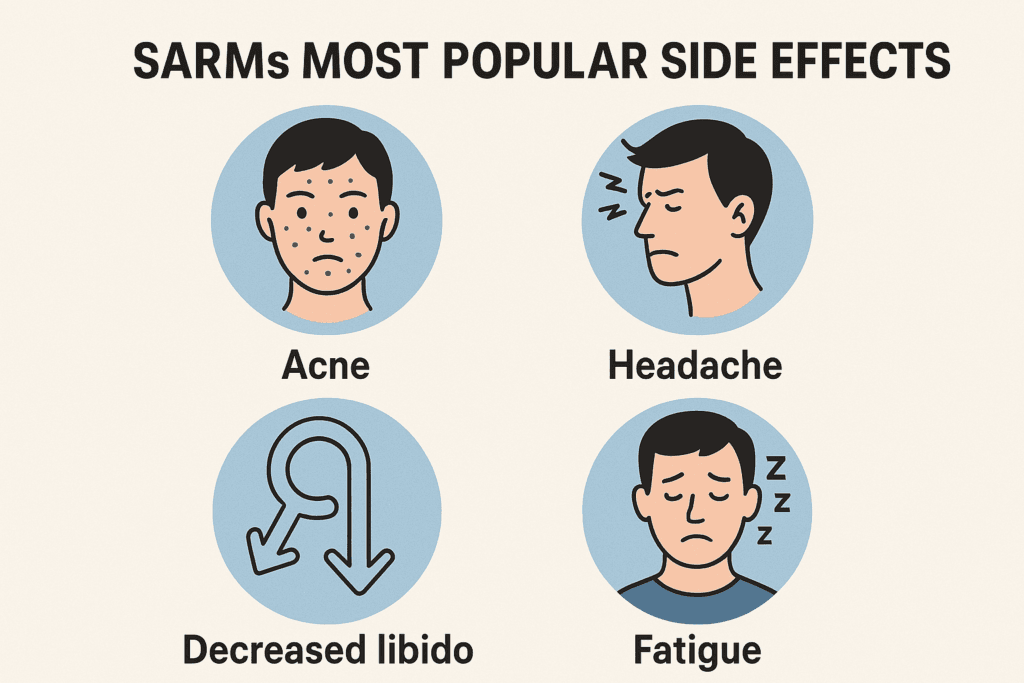
While benefits remain theoretical, the risks of YK11 are much more concrete. Based on its chemical structure, mechanism of action, and what we know about similar compounds, YK11 poses several serious health concerns:
Hormonal System Impacts
- Testosterone Suppression/Shutdown: Like other SARMs and anabolic compounds, YK11 likely suppresses natural testosterone production through negative feedback on the hypothalamic-pituitary-testicular axis. This can lead to low testosterone symptoms including fatigue, depression, reduced libido, and muscle loss after discontinuation.
- Post-Cycle Therapy Complications: Some users attempt to restore hormone function through post-cycle therapy (PCT) medications—themselves powerful drugs with side effects—creating cycles of hormonal disruption.
- Testicular Atrophy and Fertility Issues: Prolonged suppression of natural hormone production can lead to testicular shrinkage and potential fertility problems.
Liver Function Concerns
- Hepatotoxicity: As a steroidal compound, YK11 may stress liver function. The FDA has issued warnings about liver toxicity associated with SARMs. Elevated liver enzymes, jaundice, and more severe liver damage are potential risks.
Cardiovascular Risks
- Heart Attack and Stroke Risk: The FDA specifically warns that SARMs may increase the risk of heart attack and stroke.
- Lipid Profile Disruption: Many anabolic and androgenic compounds negatively impact cholesterol levels, decreasing HDL (“good” cholesterol) and potentially increasing LDL (“bad” cholesterol).
Neurological Concerns
- Potential Neurotoxicity: Some research on similar compounds suggests potential negative effects on brain tissue through oxidative stress, particularly in areas like the hippocampus that are crucial for memory and cognitive function.
Other Potential Side Effects
- Androgenic Side Effects: Hair loss, acne, and other androgenic effects may occur despite the “selective” nature claimed for SARMs.
- Joint Pain: Paradoxically, while myostatin inhibition might increase muscle mass, some users report joint discomfort, possibly due to muscle growth outpacing tendon and ligament strengthening.
The Greatest Risk: The Unknown
Perhaps the most significant danger of YK11 is what we don’t know. With no long-term human studies, the potential for serious, possibly permanent health consequences remains completely uncharted. The FDA has clearly stated that SARMs “are associated with serious safety concerns, including potential to increase the risk of heart attack or stroke, and life-threatening reactions like liver damage.”
Legal Status and Availability
YK11 occupies a precarious legal position:
- Not FDA Approved: YK11 has not received FDA approval for any medical use and has not undergone the clinical trials required for such approval.
- Illegal as a Dietary Supplement: The FDA has explicitly stated that SARMs are not legal ingredients in dietary supplements. Marketing YK11 for human consumption violates federal law.
- Banned in Sports: The World Anti-Doping Agency (WADA), the International Olympic Committee (IOC), and virtually all major sports organizations have banned YK11 and other SARMs. Athletes testing positive face suspension, loss of achievements, and reputational damage.
- Military Prohibition: The U.S. Department of Defense has warned service members against using SARMs, including YK11.
Despite these restrictions, YK11 remains available through various online vendors as a “research chemical,” creating a dangerous gray market where products of unknown quality circulate without meaningful oversight.
Safer Alternatives for Muscle Growth
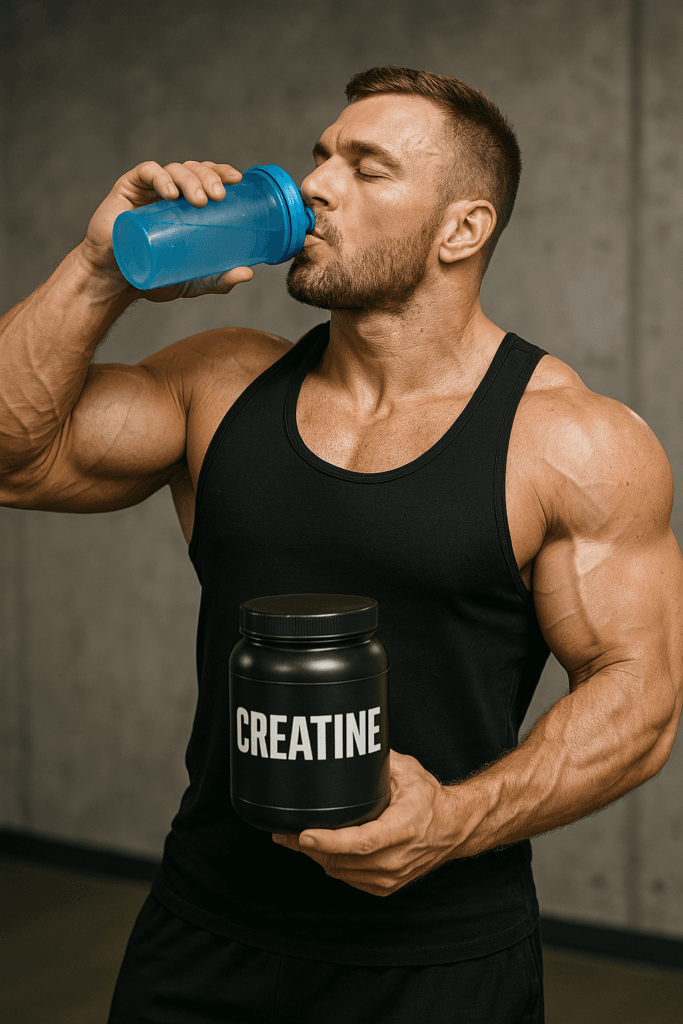
For those seeking legitimate, sustainable methods to build muscle, numerous evidence-based approaches exist that don’t jeopardize health or violate regulations:
Nutrition Fundamentals
- Caloric Balance: Consuming a slight caloric surplus (10-20% above maintenance) provides the energy needed for muscle growth without excessive fat gain.
- Protein Intake: Research supports consuming 1.6-2.2g of protein per kg of bodyweight for those engaged in regular resistance training.
- Nutrient Timing: While not as critical as overall intake, consuming protein around training sessions (within 2 hours before/after) may optimize muscle protein synthesis.
- Carbohydrate Strategy: Adequate carbohydrate intake fuels intense training and supports recovery through insulin’s anabolic effects.
Training Principles
- Progressive Overload: Gradually increasing resistance, volume, or intensity over time is the fundamental driver of muscle growth.
- Training Frequency: Training each muscle group 2-3 times weekly often produces better results than the traditional “once-per-week” approach.
- Exercise Selection: Compound movements (squats, deadlifts, presses, rows, pull-ups) should form the foundation of any muscle-building program.
- Periodization: Systematically varying training intensity and volume helps prevent plateaus and reduces injury risk.
Recovery Optimization
- Sleep Quality: 7-9 hours of quality sleep optimizes hormone production (including natural testosterone and growth hormone) and enables muscle repair.
- Stress Management: Chronically elevated cortisol (stress hormone) can inhibit muscle growth and recovery.
Evidence-Based Supplements
Several supplements have substantial scientific support for safety and efficacy:
- Creatine Monohydrate: Perhaps the most well-researched performance supplement, creatine increases phosphocreatine stores, enhancing strength, power, and muscle cell volumization. The typical effective dose is 3-5g daily.
- Protein Supplements: Whey, casein, and plant-based proteins provide convenient, high-quality protein sources when whole food options are impractical.
- Beta-Alanine: This amino acid increases muscle carnosine levels, buffering acid buildup during high-intensity exercise and potentially improving endurance in the 1-4 minute range. Typical dosing is 3-5g daily.
- Citrulline Malate: By increasing nitric oxide production, citrulline malate may improve blood flow to working muscles, enhancing performance and providing the sought-after “pump” effect. Research supports 6-8g pre-workout.
Conclusion: The Verdict on YK11 for Bodybuilders
After examining the available evidence on YK11, the conclusion becomes clear: this experimental compound presents significant known and unknown health risks without proven benefits in humans. Its current status—unapproved, under-researched, and banned in sports—should serve as strong warning signs.
While the allure of rapid gains can be tempting, sustainable bodybuilding success has always been built on consistent application of proven methods rather than shortcuts. The most impressive physiques in natural bodybuilding demonstrate that extraordinary results are possible without resorting to dangerous, unproven compounds.
The reality of YK11 stands in stark contrast to its hype: theoretical benefits versus documented risks, illegal status versus proven alternatives, and short-term potential gains versus long-term health. For bodybuilders who value not just their physiques but their overall health and longevity, the choice should be clear.
References & Further Reading
- Kanno Y, et al. (2013). “Selective androgen receptor modulator, YK11, regulates myogenic differentiation of C2C12 myoblasts by follistatin expression.” Biological and Pharmaceutical Bulletin, 36(9), 1460-1465.
- FDA. (2017). “FDA In Brief: FDA warns against using SARMs in body-building products.” U.S. Food and Drug Administration.
- World Anti-Doping Agency. (2023). “Prohibited List.” WADA.
- Schoenfeld BJ, et al. (2017). “Strength and hypertrophy adaptations between low- vs. high-load resistance training: A systematic review and meta-analysis.” Journal of Strength and Conditioning Research, 31(12), 3508-3523.
- Kreider RB, et al. (2017). “International Society of Sports Nutrition position stand: safety and efficacy of creatine supplementation in exercise, sport, and medicine.” Journal of the International Society of Sports Nutrition, 14, 18.
